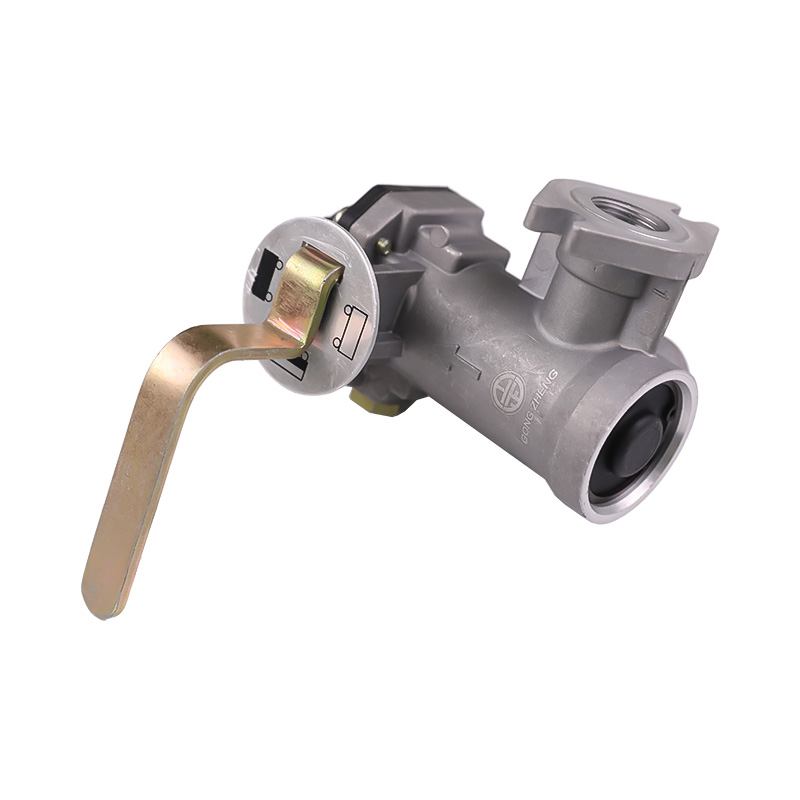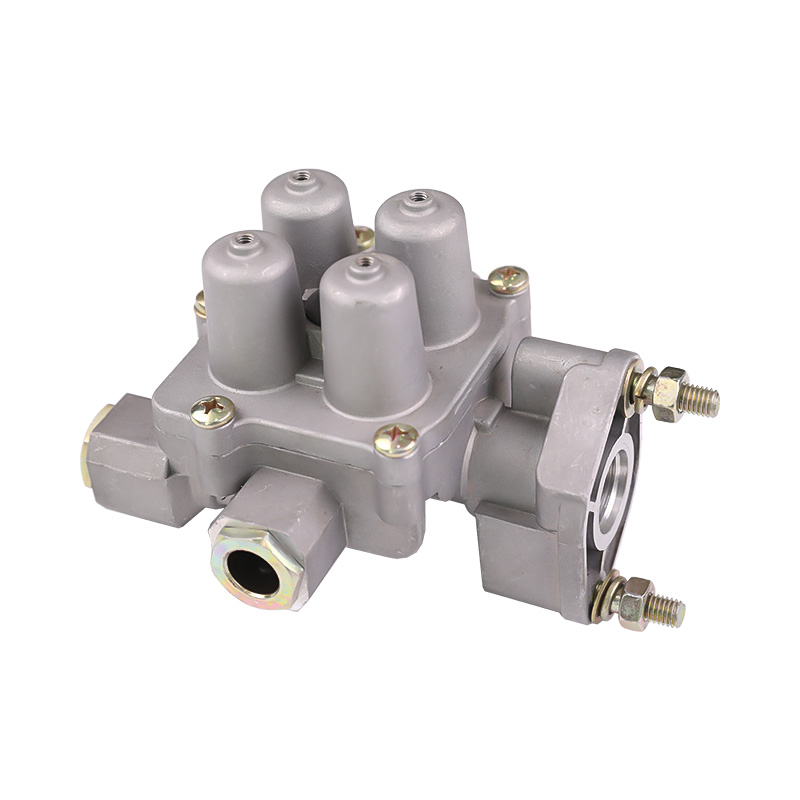The handbrake valve (parking brake valve) is a vital component of the vehicle's braking system. It is responsible for locking the wheels when the vehicle is parked to prevent accidental sliding and ensure safe parking. Therefore, the performance of the handbrake valve is directly related to the safety and stability of the vehicle. In order to ensure the effectiveness of the handbrake valve, regular adjustment and maintenance are particularly important.
Before adjusting the handbrake valve, adequate preparation is essential. First of all, the preparation of tools is crucial. According to the different types of handbrake valves, corresponding tools such as wrenches, screwdrivers and measuring tools need to be prepared. Make sure that all tools are in good condition so that the adjustment work can be completed smoothly. In addition, safety precautions should not be ignored. Before performing any mechanical operation, be sure to wear appropriate safety protection equipment, such as gloves and goggles. At the same time, make sure that the vehicle is parked in a flat and safe environment, and use wheel chocks to prevent the vehicle from accidentally sliding.
Before adjusting the handbrake valve, it is very important to understand its specific type and working principle. Handbrake valves are mainly divided into mechanical and hydraulic types, and different types of handbrake valves differ in adjustment methods. Therefore, mastering the characteristics of the handbrake valve used will help with subsequent adjustment work.
Before adjusting the handbrake valve, a comprehensive inspection of its condition and related components is required. This process includes checking the lever and cable to ensure that they are not worn, loose or broken. The proper functioning of the lever and cable is the basis for the effectiveness of the handbrake valve. In addition, it is also important to check the brake clearance to ensure that the clearance remains within the manufacturer's recommended range. Too much or too little clearance will have a negative impact on the effectiveness of the handbrake. For hydraulic handbrake valves, the condition of the hydraulic system, including the level, quality and leakage of the brake fluid, needs to be checked.
The specific steps for adjusting the handbrake valve depend on its type. The adjustment of mechanical handbrake valves mainly includes the following aspects. The first is the adjustment of the lever length. By adjusting the length of the handbrake lever, the force applied to the brake can be changed. With the increase of use time, the length of the handbrake lever may gradually loosen, so it needs to be checked regularly and adjusted as needed. This process usually involves loosening the connecting nut with a wrench, adjusting the length of the lever and then tightening it again.
Secondly, the tension adjustment of the rope is also key. A rope that is too loose will result in poor braking effect, while a rope that is too tight may cause increased brake wear. The performance of the handbrake can be effectively improved by adjusting the tension of the pull rope. Generally speaking, the adjustment nut of the pull rope is located at the bottom of the handbrake valve and is achieved by rotating the adjustment nut.
Finally, the adjustment of the brake clearance is also important in mechanical handbrake valves. The clearance of the brake needs to be kept within a certain range to ensure braking performance. By adjusting the nut on the brake, the clearance size can be changed to ensure that the brake can fully contact when the brake is applied.
For hydraulic handbrake valves, the adjustment process is relatively complicated and mainly depends on the pressure adjustment in the hydraulic system. Ensuring the normal operation of the hydraulic system is the key to ensuring the effectiveness of the handbrake valve. When adjusting the pressure of the hydraulic system, it is necessary to operate with caution to avoid a decrease in braking performance due to improper pressure.






